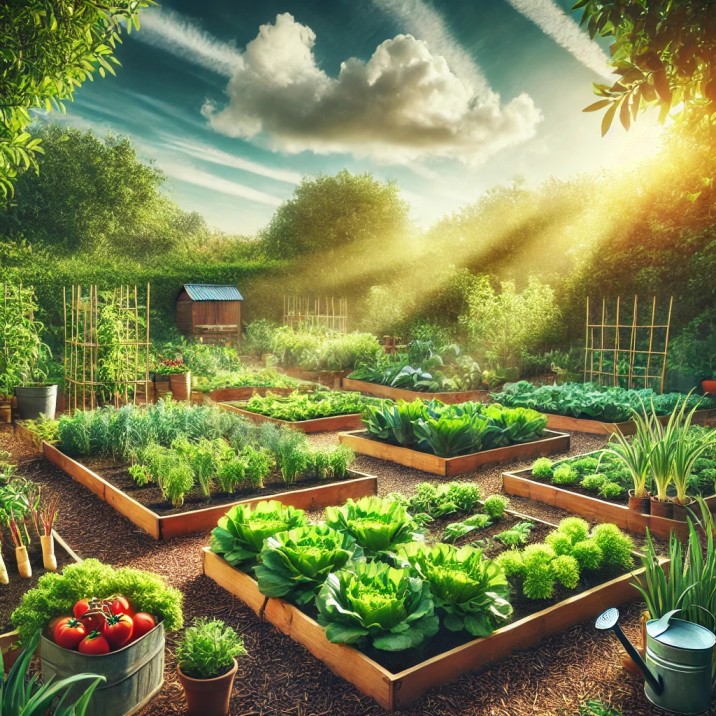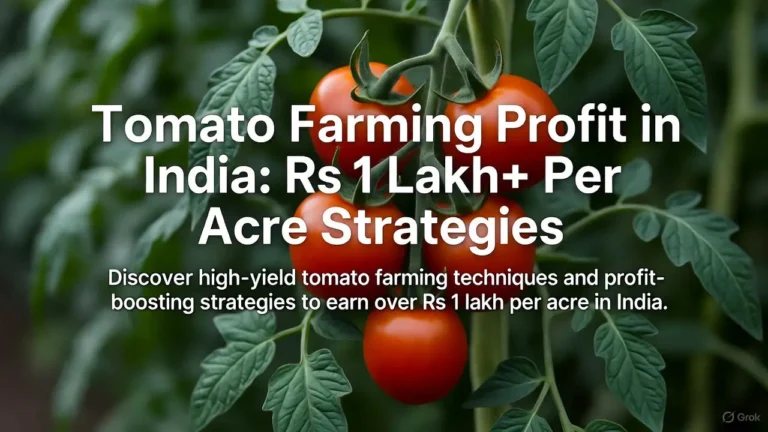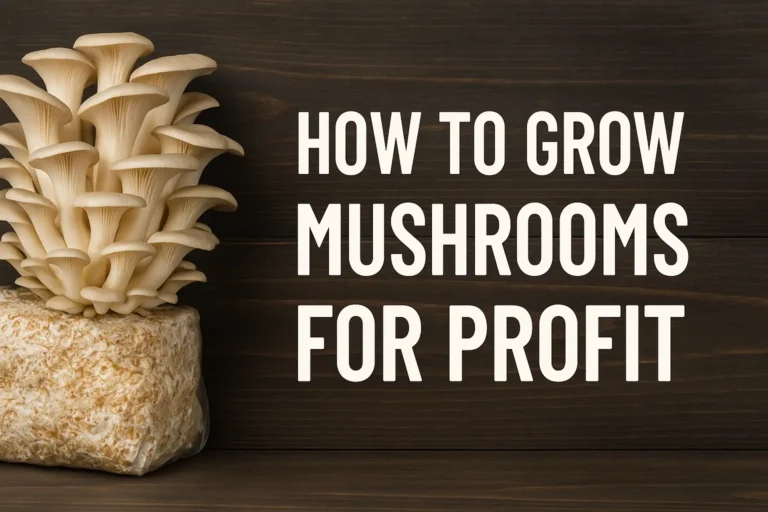Growing organic vegetables is not only rewarding but also a great way to ensure you have fresh, healthy produce right at your fingertips. Whether you’re a gardening newbie or looking to refine your skills, this guide will walk you through the basics of starting your own organic vegetable garden at home.
What is Organic Farming?
Organic farming is a method of growing crops without synthetic pesticides, fertilizers, or genetically modified organisms (GMOs). Instead, it relies on natural processes and materials to nurture plants and maintain soil health. At home, organic farming means growing food in harmony with nature, using eco-friendly practices.
Why Go Organic?
- Healthier Food: No harmful chemicals mean safer, more nutritious produce.
- Eco-Friendly: Reduces pollution, conserves water, and supports biodiversity.
- Cost-Effective: Saves money on groceries and reduces food waste.
Why Grow Organic Vegetables?

Organic gardening is all about working with nature, not against it. By avoiding synthetic pesticides and fertilizers, you’re creating a healthier environment for your plants, your family, and the planet. Plus, homegrown vegetables taste better and are packed with nutrients!
Step 1: Choose the Right Location
The first step to a successful garden is picking the perfect spot. Here’s what to look for:
- Sunlight: Most vegetables need at least 6 hours of direct sunlight daily.
- Soil Quality: Opt for well-draining soil rich in organic matter.
- Accessibility: Make sure your garden is easy to access for watering and maintenance.
Pro Tip: Start small. A 4×4 foot raised bed or a few containers can yield a surprising amount of produce!
Step 2: Select Your Vegetables
Not all vegetables are created equal when it comes to ease of growing. Here are some beginner-friendly options:
- Leafy Greens: Spinach, lettuce, and kale grow quickly and don’t require much space.
- Root Vegetables: Carrots, radishes, and beets are hardy and low-maintenance.
- Tomatoes and Peppers: These are great for sunny spots and yield a lot of produce.
Pro Tip: Choose vegetables you and your family love to eat. There’s no point growing something you won’t enjoy!
Step 3: Prepare Your Soil

Healthy soil is the foundation of a thriving garden. Here’s how to get it right:
- Test Your Soil: Use a home testing kit to check pH and nutrient levels. Most vegetables prefer a pH between 6.0 and 7.0.
- Add Organic Matter: Mix in compost, aged manure, or leaf mulch to improve soil structure and fertility.
- Avoid Chemicals: Stick to organic fertilizers like fish emulsion or bone meal.
Pro Tip: Mulch your garden beds to retain moisture, suppress weeds, and regulate soil temperature.
Step 4: Plant and Care for Your Garden
Now comes the fun part—planting! Follow these tips for success:
- Follow Spacing Guidelines: Overcrowding can lead to poor growth and disease. Check seed packets for spacing recommendations.
- Water Wisely: Water deeply and consistently, preferably in the morning to reduce evaporation.
- Companion Planting: Grow plants that benefit each other, like tomatoes and basil, to naturally repel pests and improve growth.
Pro Tip: Use a drip irrigation system or soaker hoses to deliver water directly to the roots, minimizing waste.
Step 5: Manage Pests and Diseases Organically
Pests and diseases are part of gardening, but you can handle them without harmful chemicals:
- Handpick Pests: Remove insects like caterpillars and beetles by hand.
- Use Natural Remedies: Neem oil, insecticidal soap, and diatomaceous earth are effective and eco-friendly.
- Encourage Beneficial Insects: Ladybugs, lacewings, and bees are your garden’s best friends.
Pro Tip: Rotate crops each season to prevent soil-borne diseases and disrupt pest life cycles.
Step 6: Harvest and Enjoy!

There’s nothing quite like the taste of freshly harvested vegetables. Here’s how to know when to pick:
- Leafy Greens: Harvest when leaves are young and tender.
- Root Vegetables: Gently pull one up to check size.
- Tomatoes and Peppers: Pick when they’re fully colored and slightly soft to the touch.
Pro Tip: Harvest in the morning when vegetables are at their freshest.
A Note on AI and Transparency
This article was created with the assistance of AI tools to ensure clarity, accuracy, and a user-friendly structure. However, the content has been carefully reviewed and edited by a human to align with Google’s guidelines and provide genuine value to readers.
Final Thoughts
Starting an organic vegetable garden is a journey, but it’s one that’s well worth the effort. With a little planning and care, you’ll soon be enjoying the fruits (and vegetables!) of your labor.
What are you planning to grow this season? Share your gardening goals or questions in the comments below—we’d love to hear from you!
Shivank patyal is a versatile blogger with a B.Sc. in Plant Biotechnology and 5 years of experience writing about agriculture, sustainability, and entertainment topics. With expertise in digital marketing and field experience in crop cultivation, Shivank provides practical insights for farmers while also engaging readers with content on diverse subjects. Passionate about sharing knowledge, Shivank combines education and creativity to connect with a wide audience.




